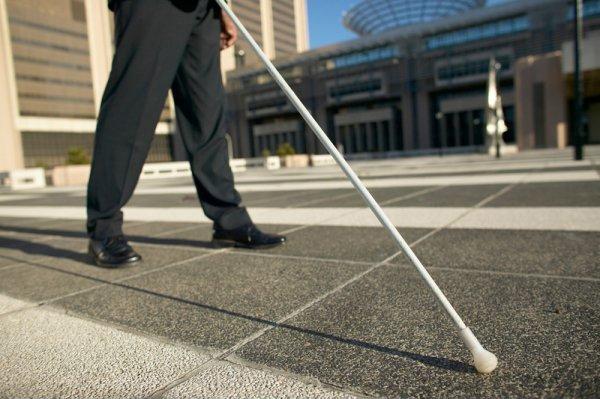Humans change their look more frequent than their heartbeat.These fast eye movements - which are called "Saccades" - are enhanced by vision to a large degree by redirects in the retina.
A new research shows how these precise transformations also involve a very short period of "blindness" in which our vision is prohibited automatically.
Microfitable gray movements stimulate Naqir
"Foveola" is defined as a small part of the retina with a high density of conical cells that contain highly sensitive optical receptors..Al -Naqir is used to see the fine details, as if we were looking for someone between a crowd of people, or when we try to see a small body a little away.
And when we look closely at something, our eyes make small and rapid transformations in the outlook called the micro-saccades (Micro-Saccades) (Micro-SACCADES)..
Although these exact gray movements improve our vision in general, they also work to disrupt our vision "temporarily" or what we might call "temporary blindness", according to what a study published in the journal "BNAS" in September showed.the past.
According to a report published on the "Science Alret" website;The temporary blindness of the eye was monitored when major shifts in the direction of the vision occurred in a study published in 2001 in the journal "Trends in Neurosciences" (Trends in Neurosciences).

The researchers called it the term "SacCadic Suppression", which is a crucial thing to obtain a good vision and we can liken it to rotate the telescope to obtain a clear vision of our surroundings.
In their new studies, the team of researchers from the University of "Rochester" and "Boston" American focused on the small transformations that are accompanied by the exact movements of the eye that motivates Al -Naqir, with the aim of knowing if it also causes a stage of temporary blindness as is the case inThe big transformations of the direction of consideration.
Temporary blindness improves vision
In the press statement, published by the University of Rochester on November 19, says Janis Antoi, a visionary and main writer in the study..
"Our results show that the sight is subject to radical and rapid modifications every time we re -view our view, such as looking to and from the computer screen," she added..
6 volunteers participated in "Pragheth" monitoring jumping on a "fur" on the computer screen.In fact, they only looked at the points on a "natural, confused background" that mimics the fur of an animal.And when they see "digital pigeon jumping", volunteers press a button on the control panel.
The results of the specialized scanning of the "Al -Naqair in Al Ain" area showed that the participants were unable to see digital fleas immediately before and after the small look transformations, even when they looked directly on the screen.
And Anti believes that it is possible that "this brief loss will happen so that we do not see the image of the world that changes whenever we move our eyes, and so our visual system is able to create a fixed image.".
The researchers found that the vision quickly recovered in the center of Al Ain after these short seizures of blind.
More research
The neuroscientist Michelle Rocchi of the University of Rochester explained that these small moments of suppression "occur so quickly that we do not realize their occurrence, and we do not realize all the microscopic view transformations that occur during our view of what is around us.".
He added, "We have in our laboratory high -resolution tools to study the vision on this small range, while other research has historically focused on the surrounding areas of the eye where this accuracy is not required most of the time.
It is necessary to further research that contributes to enhancing our understanding of the mechanisms of fine movements in the eye, which enables scientists to develop the treatments needed for any defect that can affect this part of the series of vision system.
